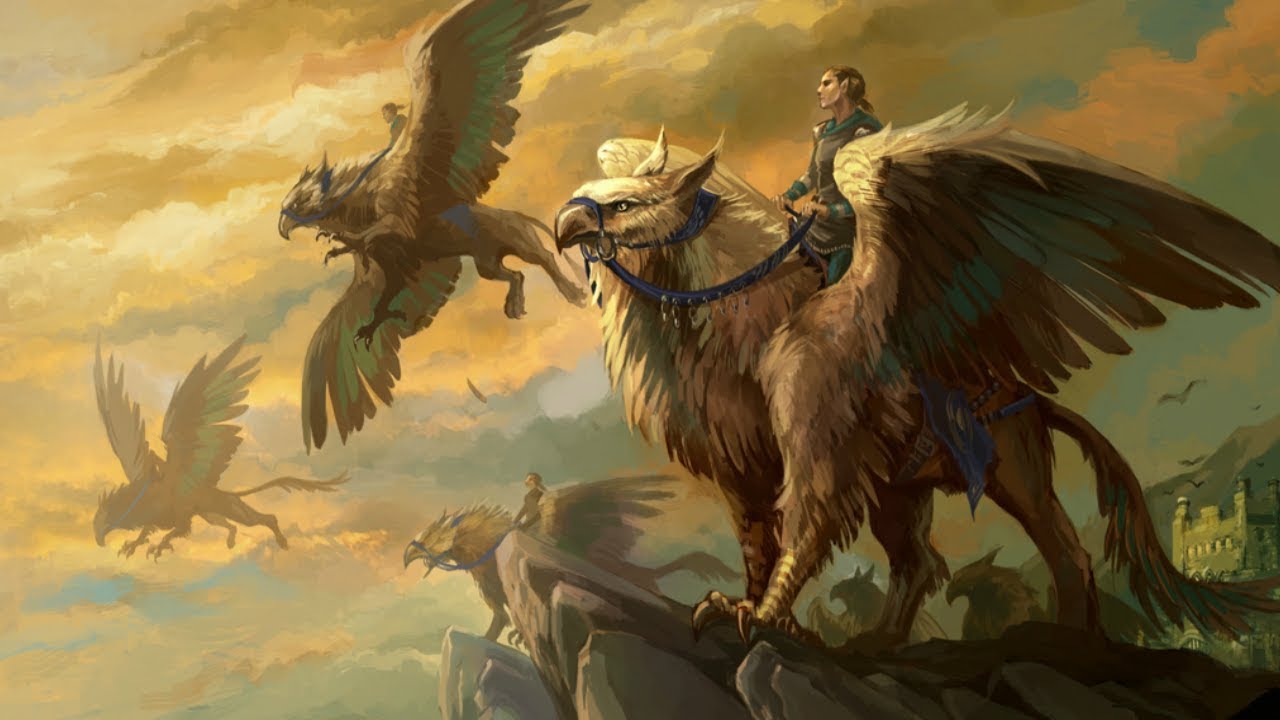Difference between revisions of "Beast Forms (sage ability)"
Tao alexis (talk | contribs) |
Tao alexis (talk | contribs) |
||
| Line 4: | Line 4: | ||
"Visual threats" include knowing the number of [[Attacking in Combat|attacks]] the beast has per [[Combat Round|round]], the beast's [[Armour Class|armour class]], obvious attacks such as [[Breath Weapon|breath weapon]] or [[Charging|charging]], it's weight and its number of hit dice. While some of this information is anachronistic to the player's character, what matters is that the character is able to act on real information — much of it being known through seeing the beast move and time spent studying and hearing legends about the beast, which cannot be managed in game time. | "Visual threats" include knowing the number of [[Attacking in Combat|attacks]] the beast has per [[Combat Round|round]], the beast's [[Armour Class|armour class]], obvious attacks such as [[Breath Weapon|breath weapon]] or [[Charging|charging]], it's weight and its number of hit dice. While some of this information is anachronistic to the player's character, what matters is that the character is able to act on real information — much of it being known through seeing the beast move and time spent studying and hearing legends about the beast, which cannot be managed in game time. | ||
| − | Threats that | + | Threats that aren't are those intrinsic to the creature but not visually evident — for example, it's [[Magic Resistance|magic resistance]], [[Natural Immunities|natural immunities]], full range of spells, etc. The DM should judge what should and shouldn't be known by the player, to provide some uncertainty while assuring the player has reason to feel confident about the creature's danger. |
The ability's best value is to allow the player foreknowledge of the beast, to help define a practical strategy against it. | The ability's best value is to allow the player foreknowledge of the beast, to help define a practical strategy against it. | ||
Revision as of 07:56, 30 September 2021
Beast Forms is an amateur-status sage ability that enables the character to recognize and identify beasts — creatures that have unnatural animal forms that are often magical in nature. This identification includes the name of the beast, the visual threats it imposes and it's general behaviour and motives.
"Visual threats" include knowing the number of attacks the beast has per round, the beast's armour class, obvious attacks such as breath weapon or charging, it's weight and its number of hit dice. While some of this information is anachronistic to the player's character, what matters is that the character is able to act on real information — much of it being known through seeing the beast move and time spent studying and hearing legends about the beast, which cannot be managed in game time.
Threats that aren't are those intrinsic to the creature but not visually evident — for example, it's magic resistance, natural immunities, full range of spells, etc. The DM should judge what should and shouldn't be known by the player, to provide some uncertainty while assuring the player has reason to feel confident about the creature's danger.
The ability's best value is to allow the player foreknowledge of the beast, to help define a practical strategy against it.
